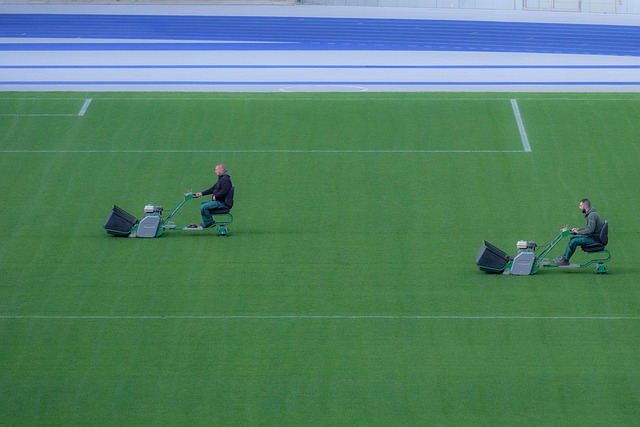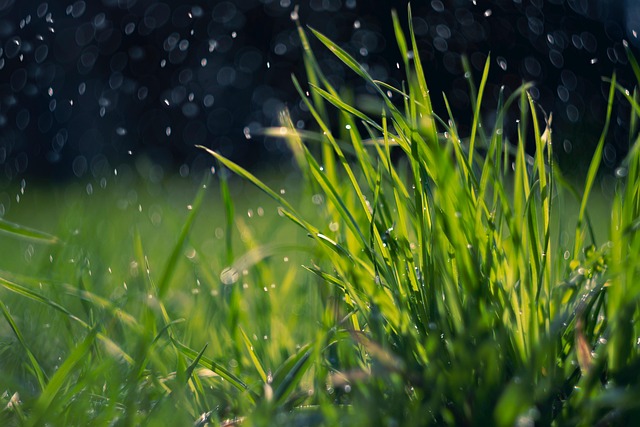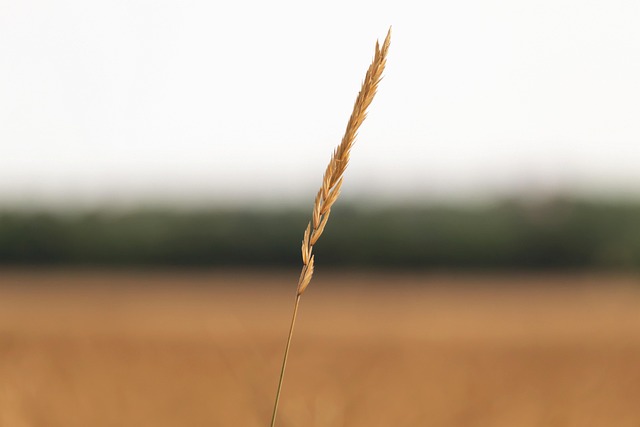Mulching and edging are key lawn care and landscaping practices. Organic mulches nourish soil while inhibiting weeds, while inorganic options provide prolonged weed suppression. Edging defines yard boundaries, maintaining a neat appearance. Integrating these techniques leads to improved soil health, reduced water use, controlled weeds, and enhanced curb appeal for lush, green landscapes.
Transform your lawn into a picture of perfection with effective mulching and edging techniques. This comprehensive guide explores the art of lawn care and landscaping, delving into the benefits and best practices of mulching, from improving soil health to suppressing weeds. We also uncover precise edging techniques for neat boundaries, and demonstrate how these practices synergize for optimal lawn care. Elevate your outdoor space with these essential tips and watch your lawn flourish.
- Understanding Mulching: Benefits and Best Practices
- Edging Techniques for Neat Lawn Boundaries
- Integrating Mulch and Edging for Optimal Lawn Care
Understanding Mulching: Benefits and Best Practices

Mulching is an essential practice in lawn care and landscaping, offering a multitude of benefits for your yard’s health and appearance. By applying a layer of organic or inorganic material on top of the soil, mulching helps to retain moisture, suppress weeds, and regulate soil temperature. Organic mulches, such as wood chips, straw, or compost, gradually decompose, enriching the soil with essential nutrients that support plant growth. Inorganic options, like gravel or rubber, provide a longer-lasting solution but do not contribute to soil fertility.
Best practices for mulching involve applying the right type and amount. For organic mulches, a layer of 2-4 inches is ideal, ensuring it doesn’t pile up against tree trunks to prevent rot. Inorganic mulches should be applied at recommended depths, considering their specific properties. Regularly replenishing or replacing mulch is crucial for maintaining its benefits, as it compacts and decomposes over time. Proper mulching enhances lawn aesthetics, promotes a lush green landscape, and contributes to the overall health of your yard through consistent moisture management and weed control.
Edging Techniques for Neat Lawn Boundaries

When it comes to lawn care and landscaping, edging is an essential technique for defining your yard’s boundaries. There are several methods to achieve clean lines and polished edges. One popular approach involves using manual edgers, which offer precise control over the cut. These tools allow you to carefully trim along sidewalks, driveways, and flower beds, creating a sharp contrast between your lawn and other landscape features.
For larger properties or those with intricate designs, powered edgers can be a game-changer. These machines provide faster results and are capable of handling more extensive areas. Whether you prefer the traditional manual approach or opt for modern power tools, edging is a crucial step in maintaining a well-groomed lawn, enhancing the overall curb appeal, and showcasing your landscaping skills.
Integrating Mulch and Edging for Optimal Lawn Care

Integrating mulch and edging into your lawn care routine is a game-changer for maintaining a lush, healthy lawn. Mulch acts as a protective layer, preserving moisture in the soil by blocking evaporation and suppressing weed growth. It also enriches the soil over time as it decomposes, providing essential nutrients that support grass growth. Edging, on the other hand, defines the boundary between your lawn and paths or garden beds, creating a neat and polished look.
By combining these two practices, you enhance both the aesthetic appeal and functional benefits of your landscaping. Edging helps to prevent grass from encroaching onto walkways and keeps it neatly trimmed, while mulch conserves water, reduces weed pressure, and adds visual interest. This dual approach ensures that your lawn not only looks pristine but also receives the best care possible, fostering robust growth and a vibrant green landscape.
Mulching and edging are essential practices in lawn care and landscaping, offering numerous benefits. By understanding the best practices for each, you can transform your lawn into a vibrant, well-maintained space. Integrating these techniques not only enhances aesthetics but also promotes a healthier lawn ecosystem. With consistent care, your lawn will become the envy of the neighborhood, showcasing a beautiful tapestry of lush greenery and crisp edges.
